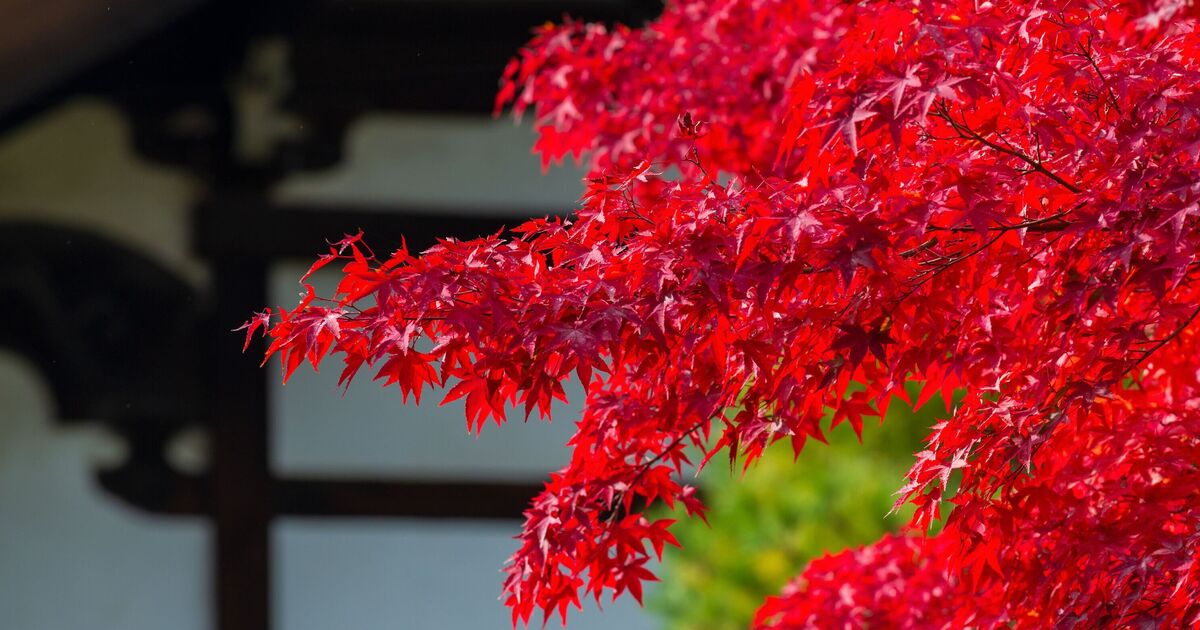Japanese maples are some of the most popular trees in the world, and for good reason. Not only are they extremely pleasing to the eye, but they are also one of those trees that aesthetically transform any garden. Japanese maples come in a wide array of colours, textures, shapes, and sizes, and they are relatively easy to care for.
For those looking to give their maple tree a boost in summer, there are two things that gardeners can do. The first thing is to apply a generous amount of mulch to the soil around the tree to keep the nutrients in and ensure the roots stay moist. The second is to give Japanese maples a prune, as this “can actually make your tree grow faster” and give a “better display”, according to the experts at Mr Maple.
They said: “If you trim the smaller branches back, leaving larger and thicker branching with buds, your tree will often grow very quickly.
“This is because you get a cleaner flow of nutrients from Japanese maples that have been trimmed. It is like exercising your Japanese maples.”
The main trick for pruning is to never trim more than 45% of your tree off, and remember to clean your pruning tools with rubbing alcohol. This helps keep your pruning tools sanitised, which helps your Japanese maple stay healthy.
The gardening gurus at Planting Tree recommend giving Japanese maples a trim in summer and reserving heavy pruning for the winter or early spring.
Keep in mind, however, that during hot weather, you should avoid pruning, as it causes more shock damage to the tree.
How to prune Japanese maples
Start out by pruning out branches you don’t like on your Japanese maple and twiggier, smaller branches. Smaller branching only makes smaller branching. This means “these will make the tree grow slower”. By pruning your Japanese maple and leaving the large branching, you will “get a larger tree quicker”.
Trim out conflicting branching on your Japanese maple. This means if two limbs are touching and are too close, one of them should be trimmed out.
If you are trimming an upright selection, make sure to keep one branch as a central leader. This is typically the tallest part of the tree on most upright Japanese maples.
If you are trimming a dwarf or a lace-leaf Japanese maple, you can trim the Japanese maple to accentuate the natural shape of the tree.
When three small branches are coming out of the terminal buds on the end of a branch, it is often good to trim out the middle branch. This gives room for the other two branches and allows them to have more energy.

